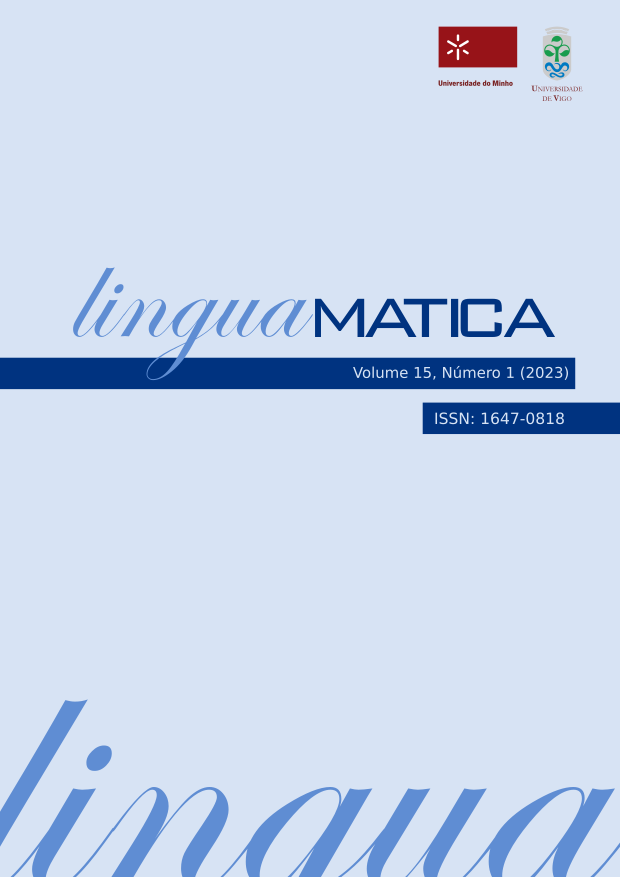Extraction of Literary Character Information in Portuguese
Abstract
This chapter describes PALAVRAS-DIP, a system for the automatic identification of characters and their social profiles in Portuguese and Brazilian literature. The system has been designed as an add-on module for a morphosyntactic and semantic parser. We tag human named entities (NE) for profession and social position, and use Constraint Grammar (CG relational tags to keep track of co-reference (e.g. pronoun anaphora, zero-subject verbs) and family reations between the characters. The resulting base annotation allows the extraction of character networks. The extraction program recognizes and bundles character name variants and distinguishes between names with a narrative function and simple cultural references. System development was motivated by DIP, a shared-task evaluation on 100 historical novels, where a prototype version achieved reasonable F-scores for character identification (63.4%) and alias resolution (68.1%), but underperformed for family relations (15.5%).
Copyright (c) 2023 Eckhard Bick

This work is licensed under a Creative Commons Attribution 4.0 International License.
Authors who publish with this journal agree to the following terms:
- Authors retain copyright and grant the journal right of first publication with the work simultaneously licensed under a Creative Commons Attribution License that allows others to share the work with an acknowledgement of the work's authorship and initial publication in this journal.
- Authors are able to enter into separate, additional contractual arrangements for the non-exclusive distribution of the journal's published version of the work (e.g., post it to an institutional repository or publish it in a book), with an acknowledgement of its initial publication in this journal.
- Authors are permitted and encouraged to post their work online (e.g., in institutional repositories or on their website) prior to and during the submission process, as it can lead to productive exchanges, as well as earlier and greater citation of published work (See The Effect of Open Access).













